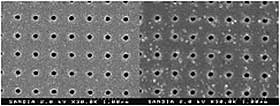Software Downloads
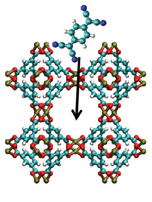
Metal-Organic Frameworks
We are revolutionizing the field of Metal-Organic Frameworks by developing electronic, optoelectronic, and thermoelectric devices.
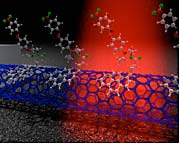
Chromophore–nanotube hybrids
We are studying the properties of carbon nanotubes functionalized with engineered chromophores. These hybrids are used for tailored and sensitive optical detection.
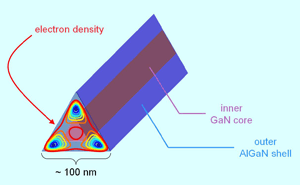
Heterostructure core-shell nanowires
We are investigating the quantum-confinement properties of an electron gas in core-shell semiconductor nanowires. These heterostructure nanowires will enable us to understand the role of surfaces and heterointerfaces on the transport and optical properties of nanowires.
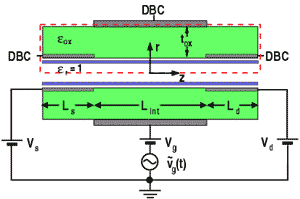
Time-dependent quantum transport
We study the high-frequency properties of semi-conducting nanotube field-effect transistors (NTFETs) in complex device geometries within a self-consistent quantum-mechanical framework. These devices are promising for novel detectors and emitters in the terahertz frequency range.
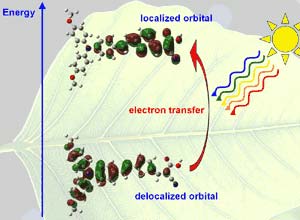
Light-harvesting molecules and materials
We are studying the electronic properties that control the charge-transfer dynamics in organic molecules and materials. The use of time-dependent density functional theory enables a guided approach to maximizing the light-harvesting properties and efficiencies of solar cell dyes.
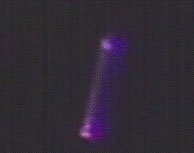
Nanowire photonics
Nanowires are explored experimentally and theoretically for optoelectronic applications, such as photodetectors, solid-state lighting, and lasing.
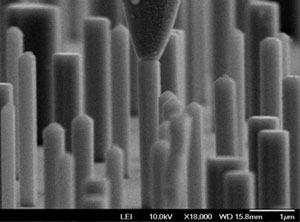
Nanowire electronics
We combine theory and experiment to develop a detailed understanding of electronic transport in nanowires.
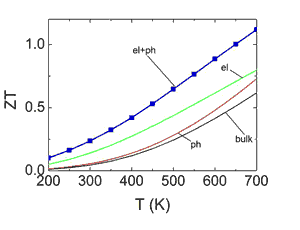
Thermoelectrics
The nanostructuring of thermoelectric materials has been shown to increase their thermoelectric properties. We study the theoretical impact of nanostructuring on electronic and phononic scattering.

Nanotube electronic and optical properties
We utilize ab initio many-body approaches, such as GW and Bethe-Salpeter, to calculate the electronic and optical properties of carbon nanotubes.
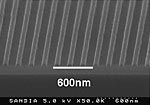
Nanoimprint lithography
We use nanoimprint lithography to fabricate and study a range of nanoelectronic and nanophotonic structures, such as arrays of Si nanowires, nanohole arrays, and nanoelectrodes.
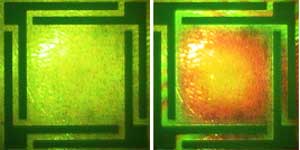
Nanoscale and microscale integration
We have demonstrated a light modulator based on microelectromechanical systems (MEMS) pixels patterned with periodic nanohole arrays. When the electrostatically actuated pixel is switched into contact with a dielectric, the pixel becomes highly reflective in an engineered optical band. This technology has applications in the area of optical communication and displays.
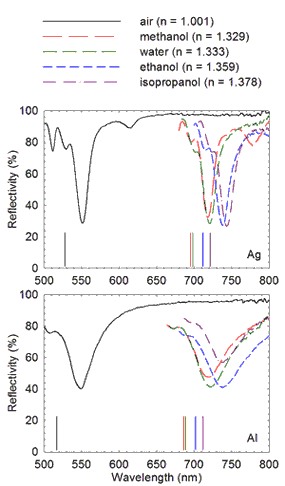
Plasmonics
Large-area, two-dimensional square arrays of subwavelength holes in Ag and Al films have been used to precisely measure the refractive indices of multiple fluids in contact with the nanohole grating. Surface plasmon theory accurately predicts the optical sensitivity to changes in refractive index. This technology has applications in the area of chemical and biological detection.
